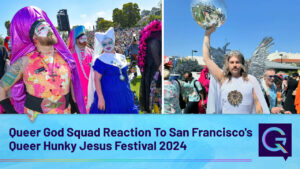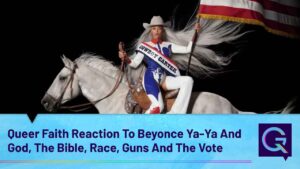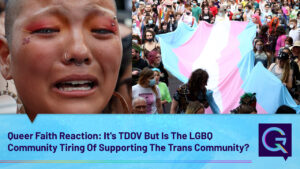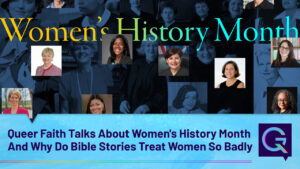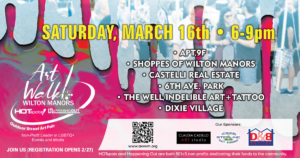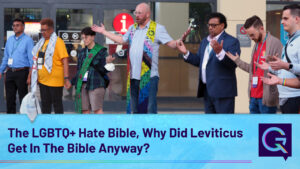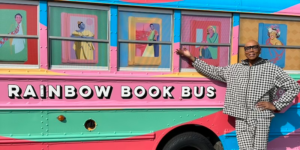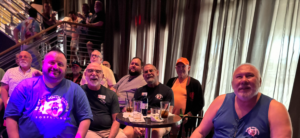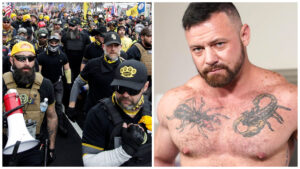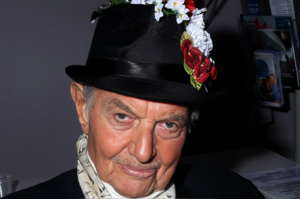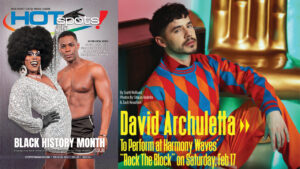Films can transport, educate and empower. It can make you laugh or cry or leave you speechless. But its ability to raise marginalized voices and experiences to a global audience, such as those that portray an LGBTQ+ narrative makes films powerful.
From ground-breaking classics, such as 1994's The Adventures of Priscilla, Queen of the Desert, to modern masterpieces like the modern cult favorite Call Me by Your Name and 2017's Sundance-smashing Beach Rats, the films on this list cast light on the LGBTQ+ experience from all angles.
On March 30, 1970, around three months before The Stonewall Riots, the “Cinema: Shades of Lavender” article was published in Time magazine reviewing the then-released movie The Boys in The Bands. The review said, “ If the situation of the homosexual is ever to be understood by the public, it will be because of the breakthrough made by this humane, moving picture.”
The movie was released on March 17, 1970, and was one of the first American films to focus on gay characters.
Adapted from Mart Crowley's 1968 off-Broadway play, the movie is an unflinching and candid illustration of gay life at the time. It offers a snapshot of a particular generation of gay men in New York City, for whom to be “a queer” necessarily meant to be an outsider, and deeply unhappy. Though the characters are unabashedly campy in speech and affect, it's a survival strategy used to disguise the pain of difference.
So the plot goes like this:
Recovering alcoholic Michael (played in the film by Kenneth Nelson) gathers several friends together to celebrate Harold's (Leonard Frey) 32nd birthday. As the night wears on and the party guests become increasingly drunk, their banter grows sharper and meaner. The flamboyant Emory (Cliff Gorman) enlists the services of a young blond hustler, “Cowboy Rex” (Robert La Tourneaux), as a gift to Harold, but the men treat him with disdain; as a sex worker, Cowboy occupies an even lower rung on the social hierarchy than the rest of them do. Tensions mount when Michael's straight college friend Alan (Peter White) shows up unexpectedly, putting pressure on the men to conceal their sexualities for as long as possible. Emory cannot fool anyone, and, threatened by his effeminacy, Alan punches him in the face, bloodying his mouth and sweater.
To the generation of gay Americans who came of age amidst the positive imagery of the contemporary LGBT rights movement — pride, love, rainbows, and the message that “It Gets Better” — the plight of these men can look unrecognizable. The film's most famous line is “Show me a happy homosexual and I'll show you a gay corpse” it might also feel something of a relic now.
But you need to understand that in 1970, it was a milestone for gay representation in Hollywood. For decades, homosexuality did not appear onscreen at all; the 1930 Motion Picture Production Code, enforced until 1968, prohibited the portrayal of “sex perversion.”
Although a handful of characters from classic films — Plato in Rebel Without a Cause, the “sissy” cowardly lion in The Wizard of Oz, and the murderous aesthetes in Hitchcock's Rope — managed to slip past the censors.
In The Boys in the Band, on the other hand, gay desire and identity are explicit; each character announces his presence as a “fairy” or a “queen.” The film helped make the gay community culturally visible during a moment in which openly discussing homosexuality was still taboo, and many Americans had yet to encounter an “out” gay man in person.
The gay audiences did not universally applaud the movie, and some even criticized that the self-loathing and dysfunctional characters can perpetuate negative stereotypes. However, the film was still a turning point for making gay men so miserable; it ultimately condemns the social and psychological consequences of “the closet.”

William Friedkin, the Oscar-winning director made this 1970 movie. Talking to NY Post in 2016, William said, “ When we made ‘Boys in the Band,' you couldn't say you were gay and get a job…I didn't give a flying f–k into a rolling doughnut about any of that. And you know why? Because the play is brilliant. The characters are finely drawn and there is wonderful wit. It's a bit reminiscent of Oscar Wilde. It can be mentioned in the same sentence.”
William shot the opening in Greenwich Village, and it's fun to see what the neighborhood looked like in 1969, decades before Marc Jacobs stores lined the streets and luxury apartment buildings shot up along the Hudson.
Leonard Frey has an unforgettable role to play as the lethally bitchy Harold, who was based on Howard Jeffrey, a Broadway choreographer who died of AIDS in 1988. Unfortunately, Frey also died of AIDS, as did some other original cast members.

The straight members of the cast like Gorman, Luckinbill, and White took a risk to be in the movie. Their agents warned them that they would lose their jobs if they did. Luckinbill, in fact, was dropped from a tobacco commercial.
Friedkin said, “They did the movie because the roles are just so damned good.”
Friedkin also directed “Cruising,” the 1980 Al Pacino thriller whose gay-themed violence touched off a controversy. Gay rights activists disrupted this exploitative 70s queer film. A journalist and queer activist Arthur Bell, one of the twelve founding members of the Gay Activists Alliance and a regular columnist for the Voice in 1976 wrote about Cruising in the 16 July edition. He decried the film as the most oppressive, ugly, bigoted look at homosexuality on screen. He also motivated people to protest against it. Protests would continue in force throughout the months of the film's production, and renew on the steps of movie theatres when the film was released. At one demonstration, on the evening of 21 August 1979, Jerry Weintraub — the film's producer — was struck by a thrown bottle. Cruising was eventually completed, although approximately 60% over budget, mostly owing to the “zaps”.

What makes gay movies like The Boys in The Band and movies like Cruising more important and a must-watch is the time circumstances within which they were released. The Boys in The Band was written a year before the Stonewall riots and it is no less than a time capsule. The movie meant a lot to that generation of gay men.
Author
-

Her motto is to Live and Let Live. She believes in an inclusive and accepting approach toward life and hopes that one day we, as humans, will learn to respect and accept each other. She trusts in open dialogue and creating a safe environment for children. She is a proud LGBTQ+ community member who is living happily with her partner for 6 years with Dexter, their pet.



